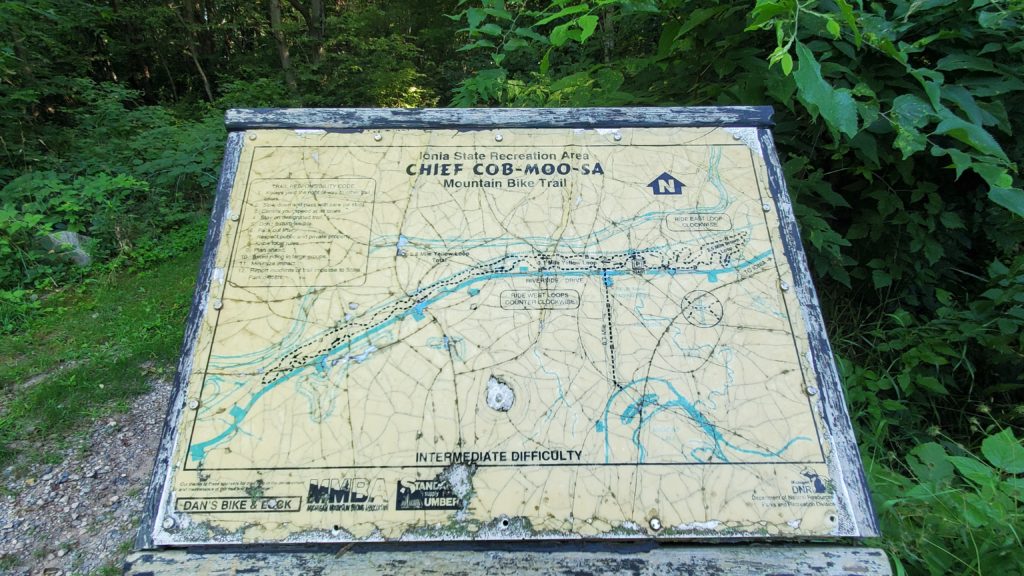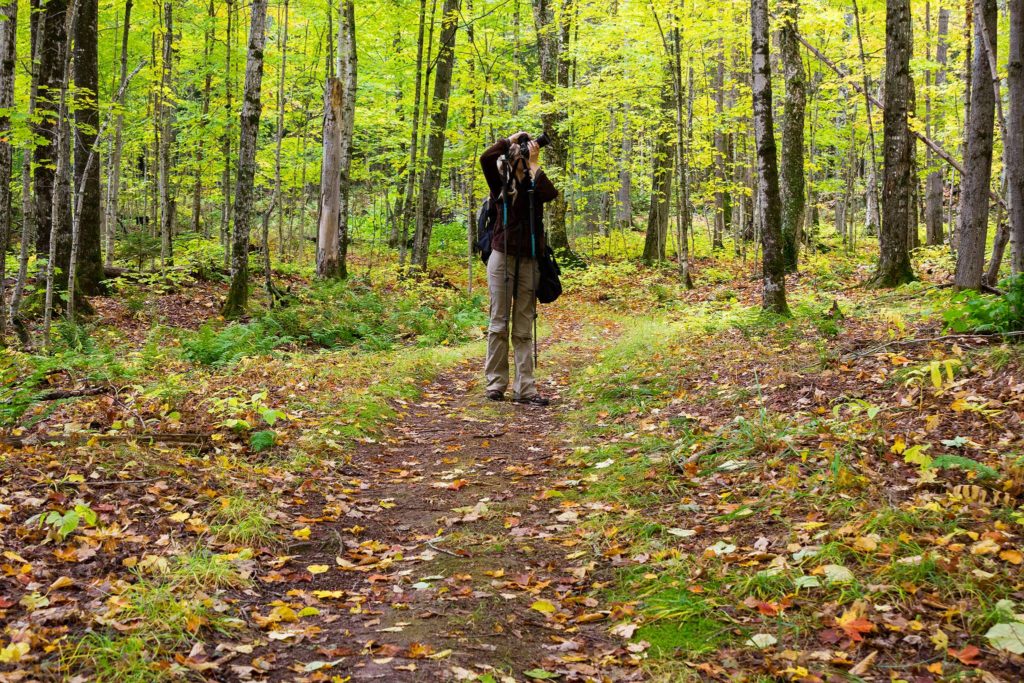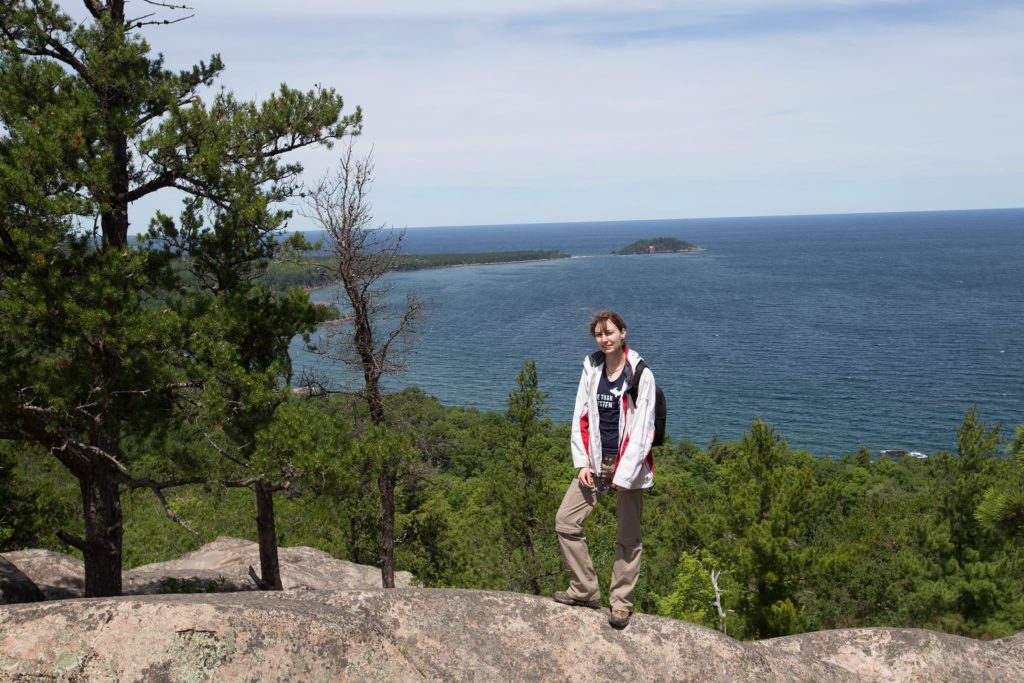Going on your first hike can be overwhelming and intimidating. With all of the information out there, it’s hard to know what to do and how to do it. Based on my experiences as a hiker and a trail runner, I decided to put together this basic guide to trail hiking in hopes to help you get started on your journey into the great outdoors.
Unwritten (and written) Rules of the Trail
No matter where or when you hike, it is important to understand the “unwritten rules” of the trail. Learn and practice these principles to be a responsible trail user and respectful to those around you.
Trail Etiquette
Trail etiquette is something I see lacking on most trails that I visit. With a little consideration and thoughtfulness, trail etiquette is easy to master.
Hike quiet and keep your conversations and music to yourself.
Step aside if you need to rest or want to look at something. Don’t stop in the middle of the trail.
Leave wildlife alone. Do not feed them. Do not interact with them.
Say hello and be friendly to other trail users.
Announce your approach when passing from behind. Let others know which side you plan on passing them. If you are being passed, stay on one side of the trail.
Be mindful of trail conditions, especially during the wet seasons when soft and muddy trails are vulnerable to damage.
Practice proper yielding. On multi-use trails, bikers should always yield to foot traffic. Bikers and foot traffic should always yield to horses. Foot traffic going downhill should always yield to foot traffic going uphill. Yield to the person who is working the hardest.
For winter hiking, avoid walking in ski tracks.
When in doubt, be respectful. For more details, visit Let’s Talk Etiquette.
Leave No Trace
Leave No Trace is made up of 7 principles that can easily be followed with a little consideration.
- Plan ahead and be prepared
- Travel and camp on durable surfaces
- Dispose of waste properly
- Leave what you find where you find it
- Minimize campfire impacts
- Respect wildlife
- Be consider of other visitors
For more in-depth details, visit Outdoor Ethics: Leave No Trace.
Planning Ahead

Once you have learned the “unwritten rules”, you are ready to hit the trail! Find out what trails you are interested in hiking. Resources such as an internet search, using a trail guide book (such as 50 Hikes in Michigan) or investigating a trail website (such as AllTrails) are all excellent ways to find a trail.
When selecting a trail, take into consideration the level of difficulty. Easy trails are typically flat with few to no obstacles whereas difficult trails can contain many steep hills, lots of roots, and rocky surfaces.
Once you pick your trail and know the challenges you may encounter, it’s time to pick a date and check the weather. Plan accordingly for any type of weather that may be possible that day. There’s nothing worse than being stuck in the middle of a hike during a downpour without proper rain attire or running out of water because it was hotter than you thought.
Basic Hiking Gear

This topic is where things get muddy. The type of gear you might want to take varies depending on length, difficulty, time of year, weather conditions, and personal preferences.
Because of all of the variables, it is difficult to provide a basic gear list that every hiker should carry. However, these are some general items you may want to consider including as a start for a day or less hike.
- A small backpack to carry extra gear, food, water, etc
- Weather-appropriate clothing – layers are always a good choice
- A hat for sun protection
- Hiking shoes or boots, depending on preference and trail difficulty
- Snacks, such as trail mixes, protein bars, pretzels
- Water & extra water – some additional form of electrolytes may also be a good idea depending on weather and distance
- A basic first aid kit
- Navigation tools, such as a map of the trail system and GPS device
- Hiking poles, depending on the level of difficulty and personal preferences
There are many additional items you may want to consider for longer hikes, especially multi-day hikes.
Feet Care
Feet deserve a shout-out of their own. Often times foot care with beginner hikers is often overlooked…until they have a bad experience with it.
Select good shoes and socks that make your feet comfortable during all of the miles. Socks are especially important because the wrong sock can be a primary cause of major blisters. Choose a sock that will help keep your feet dry and cool (or warm), that fits your foot, and does not cause rubbing. I like Smartwool, Darn Tough, and Balega socks but there are many other options out there.
Immediately addressing any “hot spots” you have can prevent blisters from developing. Or if you know you have spots before you hike that are more vulnerable to blistering, try pre-tapping. There are a variety of products out there that you can use. One option is Mole Skins.
Safety
Know the trail, the challenges, and where the trail exits are in case of an emergency.
Carry a basic first aid kit with you and more importantly, know how to use that first aid kit.
Take a whistle, extra food items, extra water, and electrolytes. For longer hikers, you might also want to include a flashlight and something to help start a fire. Emergency blankets are a great cheap and light option to stick in your pack.
While on the trail, take in landmarks and be aware of your surroundings.

On the trail and when you finish, before getting back in the car, do a thorough tick check of yourself. When you get home, toss your clothes in the drier and do a second tick check. The heat will kill any ticks that remain hidden on your gear and taking time to thoroughly check yourself over is important for avoiding getting bit.
I also like to investigate what types of animals I may encounter and what the best practices are for those encounters.
Have Fun!

Finally, have fun and enjoy the trail. Get outside and explore new places. Challenge yourself and learn more about the natural world around you.
Remember that hiking is an individual experience. What works for others may not work for you. That does not mean you are “doing it wrong.” Keep in the mind the basics, experiment with different gear and trails, and find all the ways to make your hike the most enjoyable.

Leave a Reply